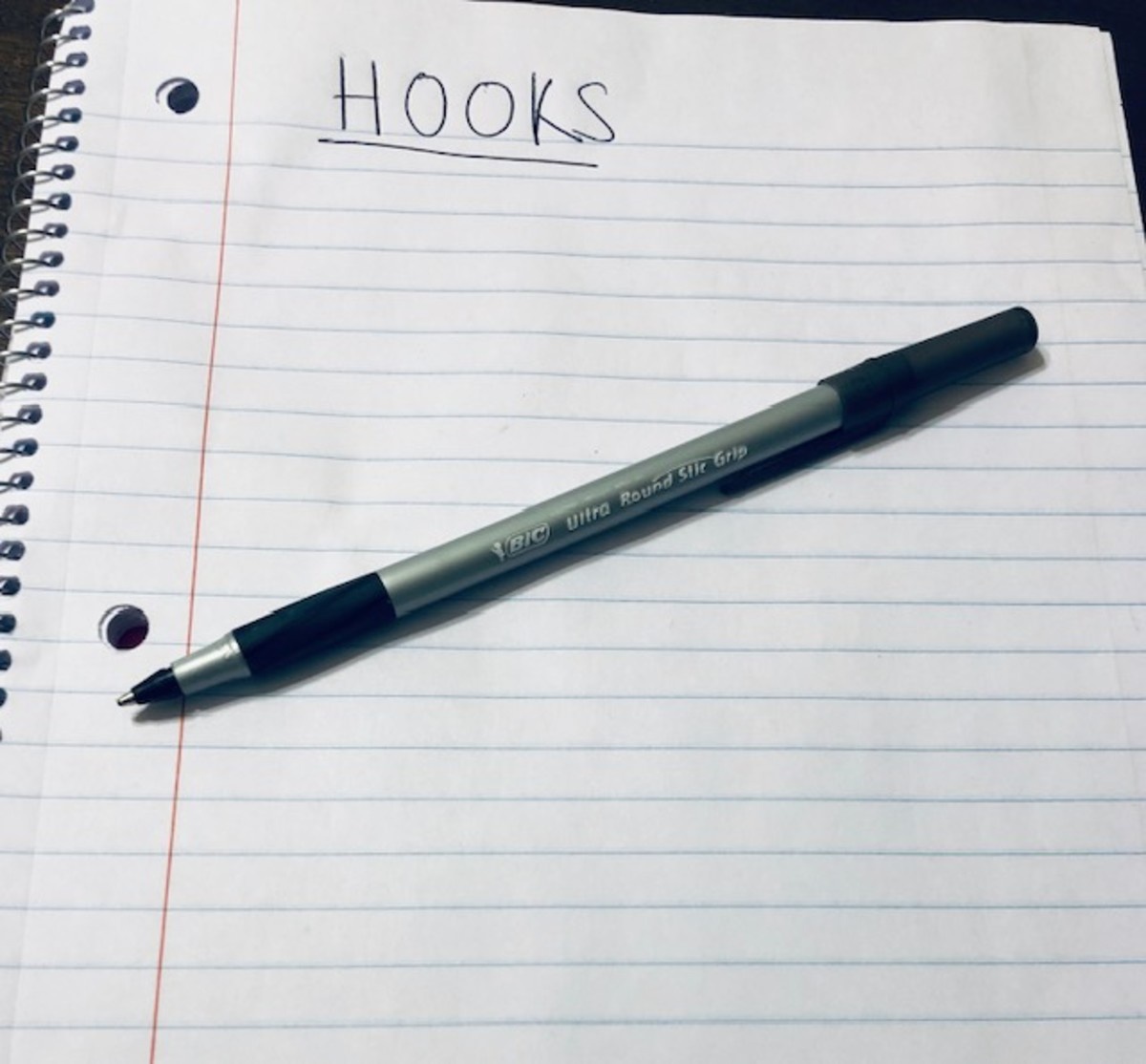If your script doesn't have a compelling introduction, you're dead. If you don't captivate the reader and leave him wanting more, how do you expect him to keep reading the script? You have to capture the reader's attention and keep it, so today I'm going to explain how to write the opening hook of a script with examples.
A hook is exactly what it sounds like; it is the idea that "hooks" the reader to be interested in the rest of the story. The hook is written in the first five to ten pages. In an age of short attention spans, give the reader a reason to stick around and invest in the rest of the story.
Examples of hooks in a script
The Shape of Water
In "The Shape of Water," written by Guillermo del Toro and Vanessa Taylor, we start out floating in a river bed and slowly work our way into what we realize is a flooded apartment. Kitchen chairs and side tables float among the fish. A narrator tells of a voiceless princess and of love and loss. A sleeping woman floats above her bed before gently sinking. An alarm clock rings, the water recedes, and we find ourselves in an apartment that isn't flooded. Next, we follow the woman in her day to day life.
This is a great point to remember that as a writer, you don't just write. You are creating images. Of course you know that but sometimes you can be so busy trying to make sense of your story or make certain things happen that you put visual considerations on the backburner.
This introduction is so unexpected and visually interesting that it makes us think: "Of course I'm going to follow this woman in her daily life. I want to know more." It is very mysterious. At first you wonder if the water is really there, but then you realize that it is more of a dream sequence, and you wonder what the water represents. The mysterious and whimsical nature of the images, combined with the narrator's intriguing talk of princes, princesses, and monsters, makes the reader (and eventually the viewer) want to know more.
The Usual Suspects
The neo-noir mystery "The Usual Suspects," written by Christopher McQuarrie, opens with a wounded-looking man on a boat lighting a cigarette. We see a stream of liquid near him. He takes a box of matches and uses it to ignite the liquid in a trail of fire. The fire is extinguished by a man whose face we do not see. The faceless man nonchalantly approaches the wounded man, who seems torn between surprise and resignation. They have a brief conversation before the Faceless Man shoots him. The Faceless Man proceeds to start a fire that engulfs the ship in explosive flames. Next, we are told, through a flashback, how the men ended up on the ship.
This introduction immediately arouses our curiosity about the mystery of it all. As for the action, we start at a very high point: There is a murder and an arson! The technique of showing something and going back to explain how it happened is very effective in the film. This technique works especially well when the story being told is as intriguing a mystery as "The Usual Suspects.
Caddyshack
The sports comedy "Caddyshack" was written by Brian Doyle-Murray, Douglas Kennedy and Harold Ramis. It starts with a glorious day on a golf course. The sun is coming up, the sprinklers are on, and the neighborhood mole is on the prowl. A mother wakes up her dozen children. The oldest son gets a talk about saving for college. He rushes to bike to his job as a caddy at a fancy golf course, where some strange characters live. "Caddyshack" introduces us to this family, and gives us an idea of the origin of our protagonist. And what is more important, we are presented with the setting of the film, a golf course, and we are shown how it works.
A good comedy hook should demonstrate and alert to the type of comedy that will be seen throughout the movie and where it can be expected to come from. "Caddyshack" does it quickly, tapping into the humor of its golf course location.


No comments yet